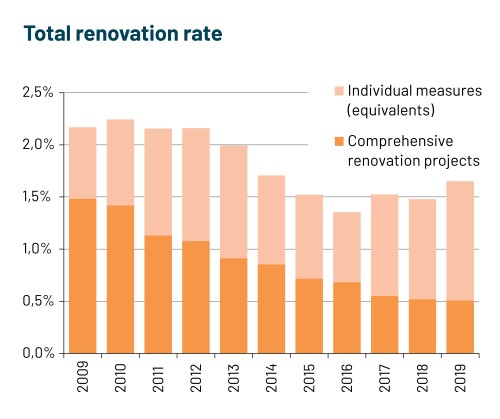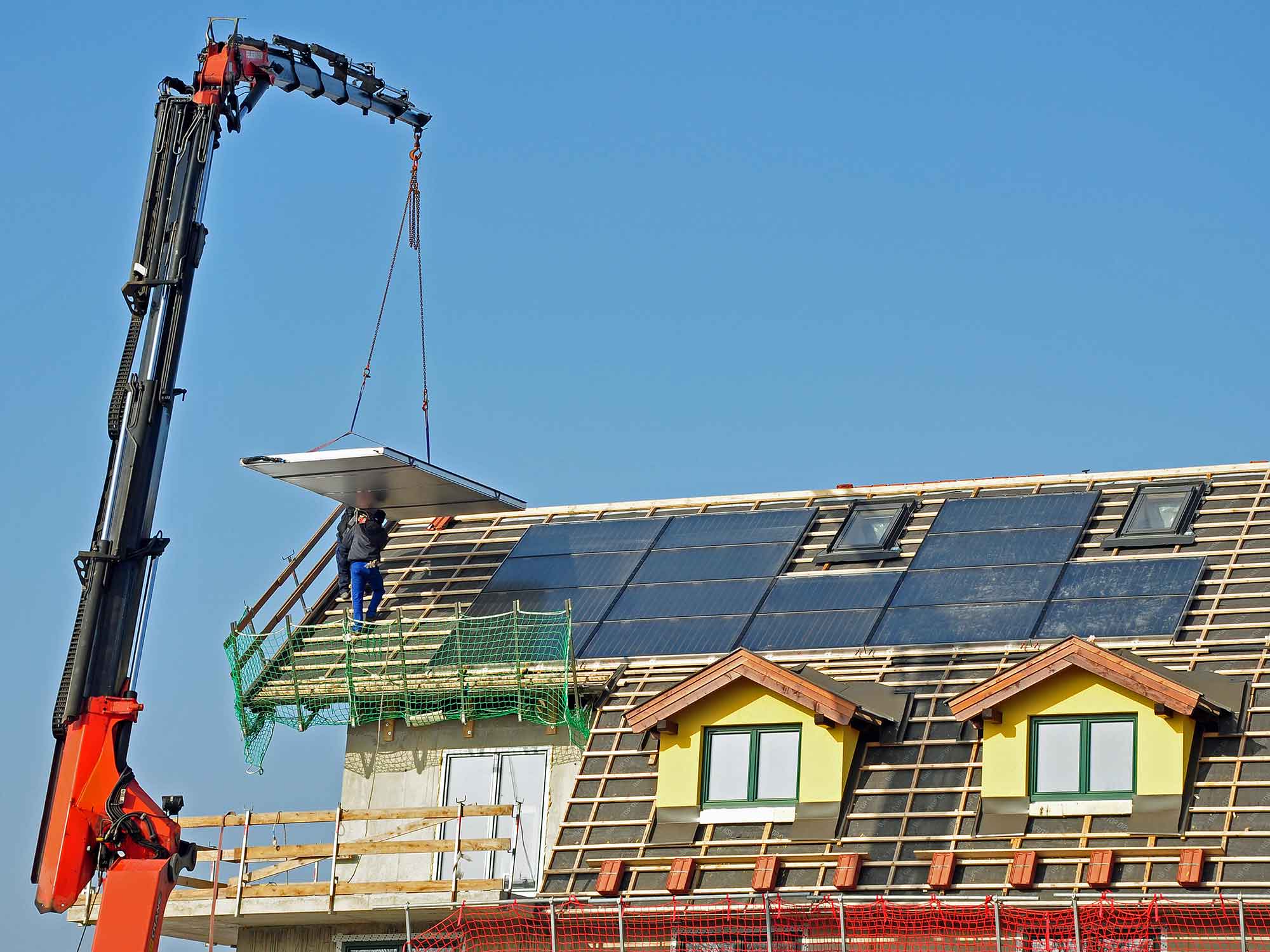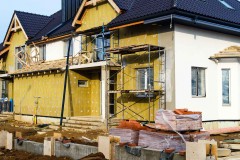Despite the restrictions caused by the COVID pandemic, production volumes in the construction industry in Austria fell only slightly, totalling around EUR 40 billion in 2020. About a quarter of this was for building renovation. Current market assessments assume that the construction sector will remain an economic driver in the coming years. Decarbonising the building sector will be an important cornerstone for achieving the national climate targets. The intensification of building renovation will play a central role in this process. The key figure for this is the renovation rate, which is currently 1.5% in Austrian residential construction. Austria is aiming to increase this rate to 3%. Thus, among other things, various measures were laid down in the government programme 20201to help push the renovation rate up towards this target value and thus to improve the quality of renovation.
A new method for defining and measuring the residential renovation rate was presented in the spring of 2020 by the Environment Agency Austria together with the IIBW – Institute for Real Estate, Construction and Housing. The calculations according to this methodology show that it would be sufficient to increase the renovation rate from the current 1.5% to about twice that in order to renovate all the thermally insufficient housing stock in Austria until 2040.2

Image: IIBW & Environment Agency Austria (2020a), 2019: IIBW estimate.
Increasing capacities in construction
The objectives in the field of renovation pose great challenges for the construction industry. The demand for new construction is expected to remain good in the coming years. In order to be able to increase the renovation performance, the capacities of the construction and building products industry would therefore have to be expanded. To estimate the necessary volume, various scenarios have been calculated and the effects on the construction sector have been analysed in the new study “Increasing capacity in the construction industry to achieve a higher renovation rate” (“Kapazitätsanpassung der Bauwirtschaft für eine höhere Sanierungsrate”) carried out by the Institute for Real Estate, Construction and Housing (IIBW) in cooperation with the Energy Institute at the Johannes Kepler University Linz. Among several scenarios for building renovation, the one simulating increase in the renovation rate to 2.3% in 2023 and 2.8% in 2030 appears particularly interesting. Such a trend would not only sustainably support climate goals, but could also make a significant contribution to economic recovery in the wake of the COVID crisis. For the construction industry, however, it would mean an enormous expansion of the production volume in building renovation from the current level of approx. EUR 10 billion to EUR 16 billion by 2025. Annual increases of up to 15% would be necessary in this sector. Aside from a scarcity of building products such as steel, wood and plastics, and bottlenecks in supply chains and logistics, labour shortages are a key barrier to the implementation of this scenario. According to the calculations, the ambitious path to more renovation projects would require about 17,000 additional employees in the construction sector. Retraining and hiring foreign workers or subcontractors are only possible to a limited extent. The analyses show that a sustainable expansion of the labour force potential can only be achieved through medium-to long-term solutions. The focus here should be on the further development of a dual education system.
Strategies and measures
Research and innovation play an important role in the sustainable development of the construction sector. The integration of new technologies and products can lead to trend-setting solutions not only in new buildings, but also in building renovation. Innovative developments include the prefabrication of building components, sustainable and recyclable materials and products, the optimisation of construction processes towards a CO2-neutral construction site, and the use of digital technologies such as building information modelling (BIM) for the integrated, efficient planning and implementation of construction projects. Artificial intelligence, blockchain and robotics are currently being researched and tested in the construction sector. The study proposes detailed measures (including legal framework conditions and subsidies) for both the large-volume construction sector and the large stock of owner-occupied homes that can support a planned expansion of building renovation.
nachhaltigwirtschaften.at/de/sdz/projekte/kapazitaetsanpassung-bauwirtschaft.php/

„The decarbonisation of the Austrian building stock by 2040 seems feasible. However, it will require a bundle of measures. The priority is on funding incentives, housing and regulatory reforms. This study has shown that the limited capacities available to the construction industry could be a bottleneck. The production volume in building renovation must be increased by around two thirds in the medium term. If we want to have not only more but also better renovation projects, we need above all well-trained skilled workers. We have an excellent instrument in our hands with our dual-system vocational training. But we need many more apprentices in the field of construction. In terms of career, an apprenticeship offers everything you could want for a young person.”
Wolfgang Amann,
IIBW – Institute for Real Estate, Construction and Housing
1 Out of a Sense of Responsibility for Austria. Government Programme 2020-2040, p. 76 ff.
bundeskanzleramt.gv.at/en/federal-chancellery/the-austrian-federal-government/government-documents.html
2 iibw.at/documents/2020%20IIBW_UBA%20Sanierungsrate.pdf

